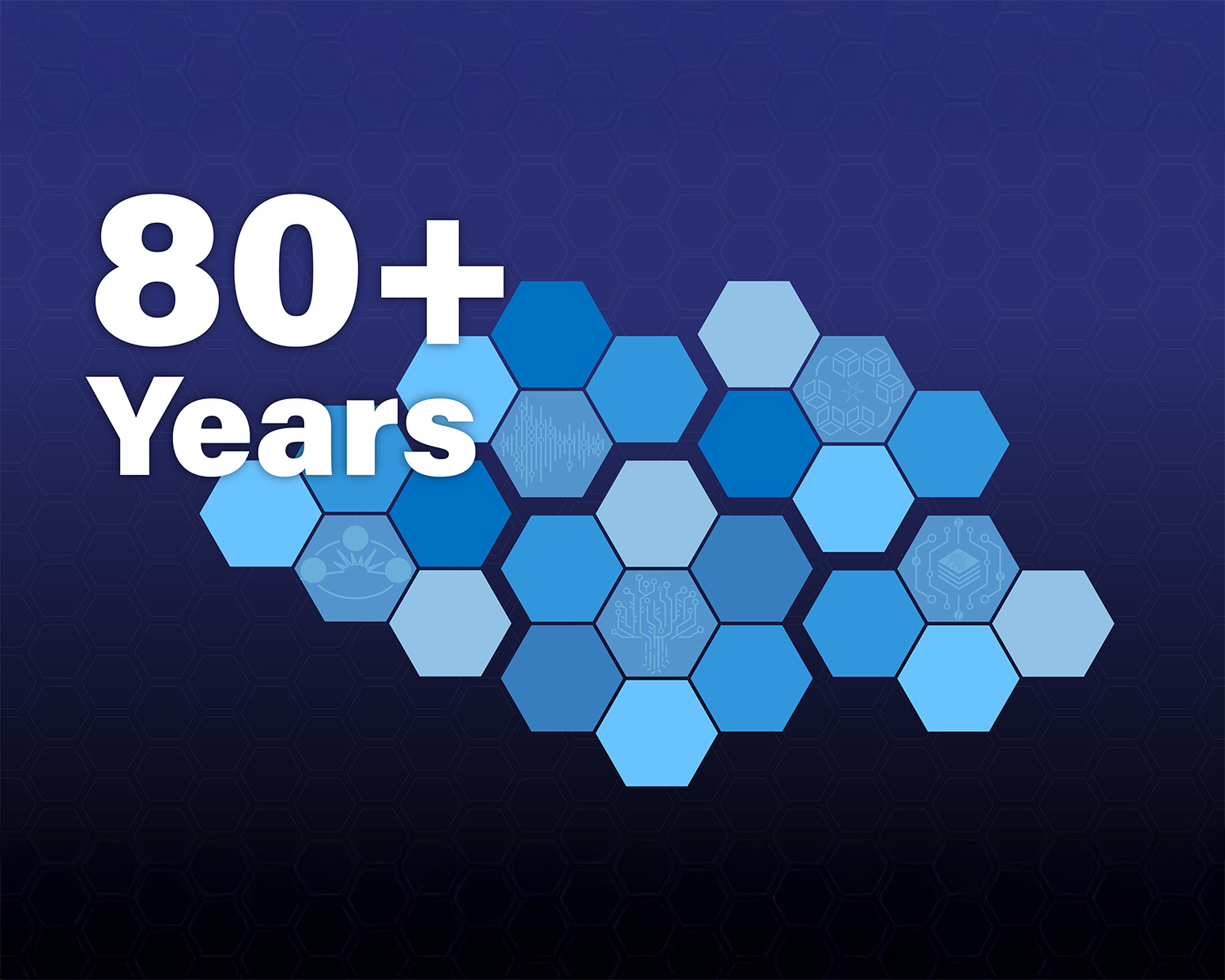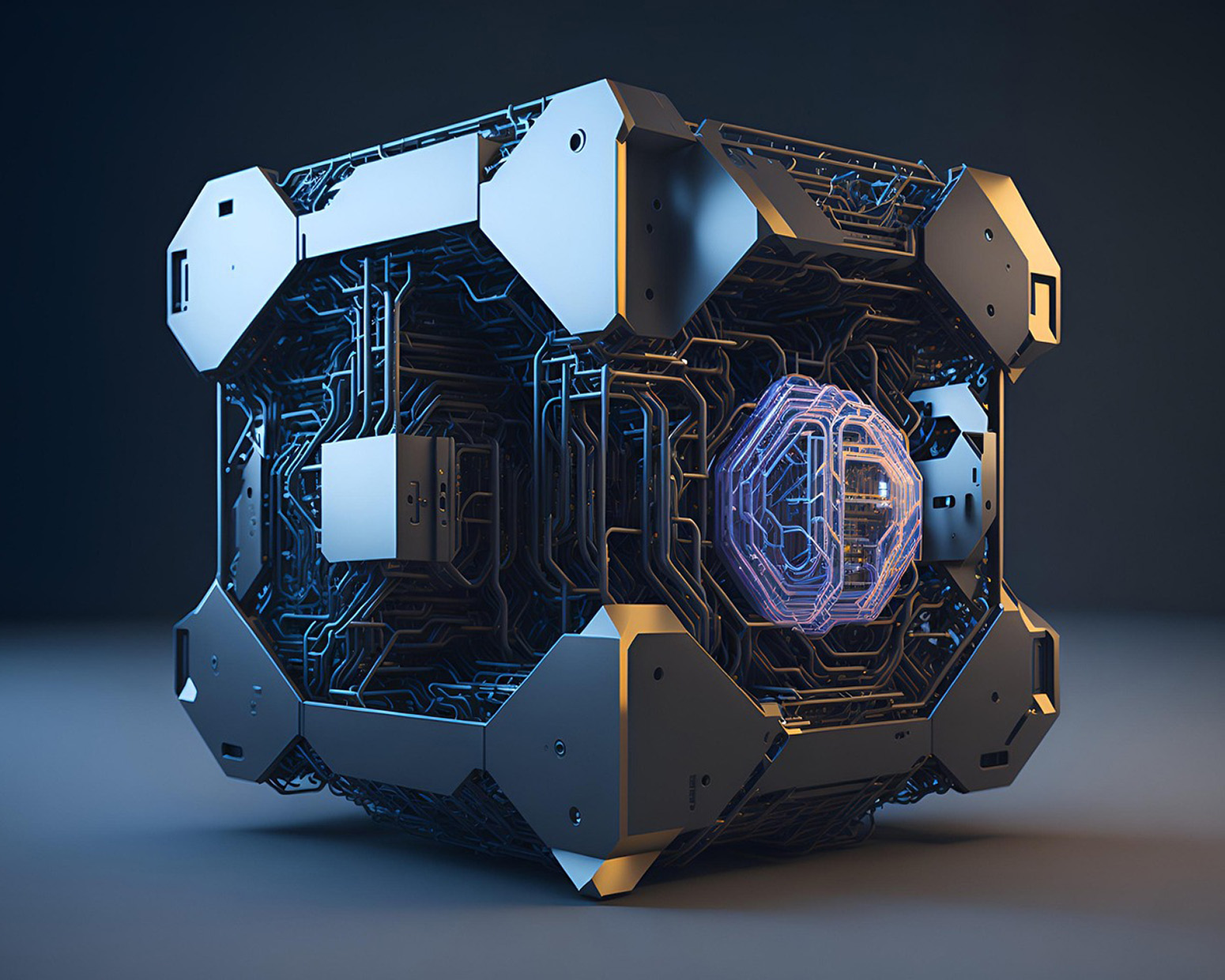Multiplying production of the world’s most expensive material
A breakthrough could boost experiments and unlock energy, defense possibilities

To make a single gram of antimatter in a particle accelerator requires an astronomical amount of electrical power, and that’s why only tiny runs are currently feasible. Total antimatter production at the European Organization for Nuclear Research since 2000 barely equals enough energy to boil water for a small cup of tea, according to staff estimates.
As CERN prepares to improve its capability, a Los Alamos-led team has proposed ways to streamline production of the world’s most expensive material and create new antimatter species such as antimolecules.
Why this matters: It’s a mystery why there’s more matter than antimatter in the universe, especially for proponents of the big bang theory. Increasing antimatter production and creating new antimatter species could boost the number of studies and enable more precise experiments to answer fundamental physics questions.
Reach goal: If a high-volume, cost-effective supply could be obtained in the distant future, antimatter has the potential to replace conventional fuels, batteries and weapons because antimatter can store more energy per mass.

What they did: The team reviewed current antimatter production capabilities at CERN and provided options for enhancing production.
In this invited “Perspective” article, the authors also presented what is known about hydrogen that’s relevant to antimatter. They indicated which processes might aid in pursuing the creation of new types of antimatter, such as antihydrogen atomic cations and anionic, cationic and molecular species.
Funding: The Laboratory Directed Research and Development at Los Alamos and the atomic physics project of the Advanced Simulation and Computing’s Physics and Engineering Models program
LA-UR-25-24868





